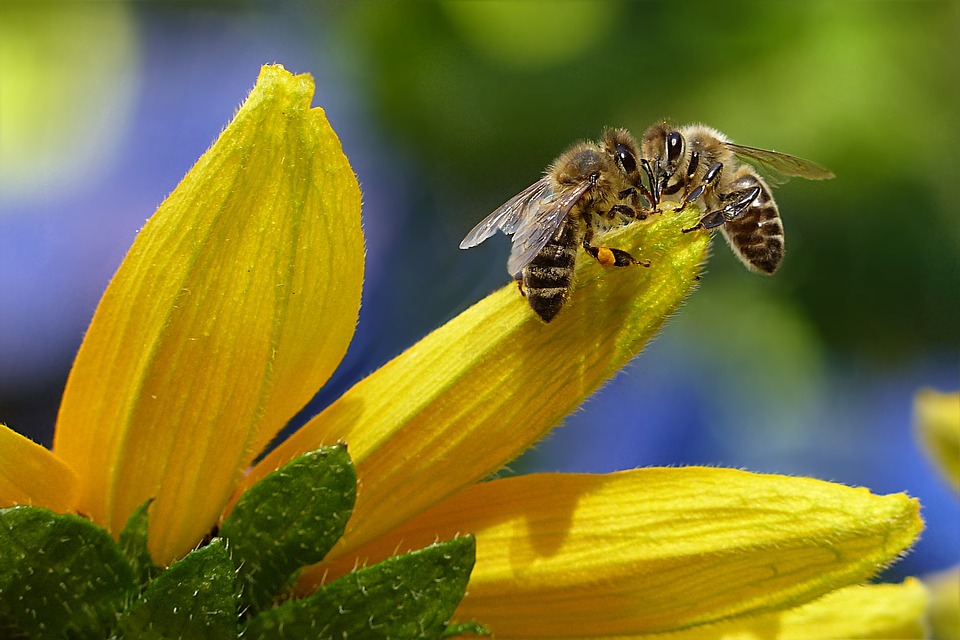
Remember the Peter, Paul & Mary song, “Where Have All The Flowers Gone?” Well, today… the question should be more like, “Where Have All the Honey Bees Gone?”
Pollinating bees represent a major value for agriculture, contributing an estimated $15 billion annually and representing 80% of crop pollination in the United States. But, unfortunately, since the 1970s, the number of honey bee colonies has been cut in almost half from 4 million to 2 1/5 million today. As a matter of fact, according to NPR, the U.S. Fish and Wildlife Service has added seven species of the yellow-faced bees, native to the Hawaiian Islands, to the endangered species list. This represents the FIRST time bees have been designated as endangered.
Based on analysis of the dying bees, high amounts of aluminum have been found in their bodies. Aluminum has already been deemed as the cause of the death of fish in acid lakes, deforestation and crop productivity. Researchers are hypothesizing that the high levels of aluminum may be causing cognitive problems for the bees, who rely heavily on their cognitive skills for survival. Aluminum is a neurotoxic metal and it has been linked to the Alzheimer’s disease in humans. Therefore, researchers are questioning whether the high levels of aluminum may be causing dementia in the bees, thus contributing to their decline.
Many factors have been cited as causes for their decline, such as, disappearance of flowers, growth in parasites, a plethora of pesticide cocktails, and so on. But, some researchers are even questioning whether the demise of the bees could be connected to geoengineering. Chemtrails that are sprayed into the air are believed to have high levels of aluminum content.
Coal miners used to keep canaries in the coal mines in order to protect themselves from noxious gases. That is because the birds would quickly die at any sign of toxins in the air… and the humans would know to evacuate immediately. Could the bees be Nature’s “canaries” for us humans today? Could this be a warning to us about how the air that we breathe is changing?
